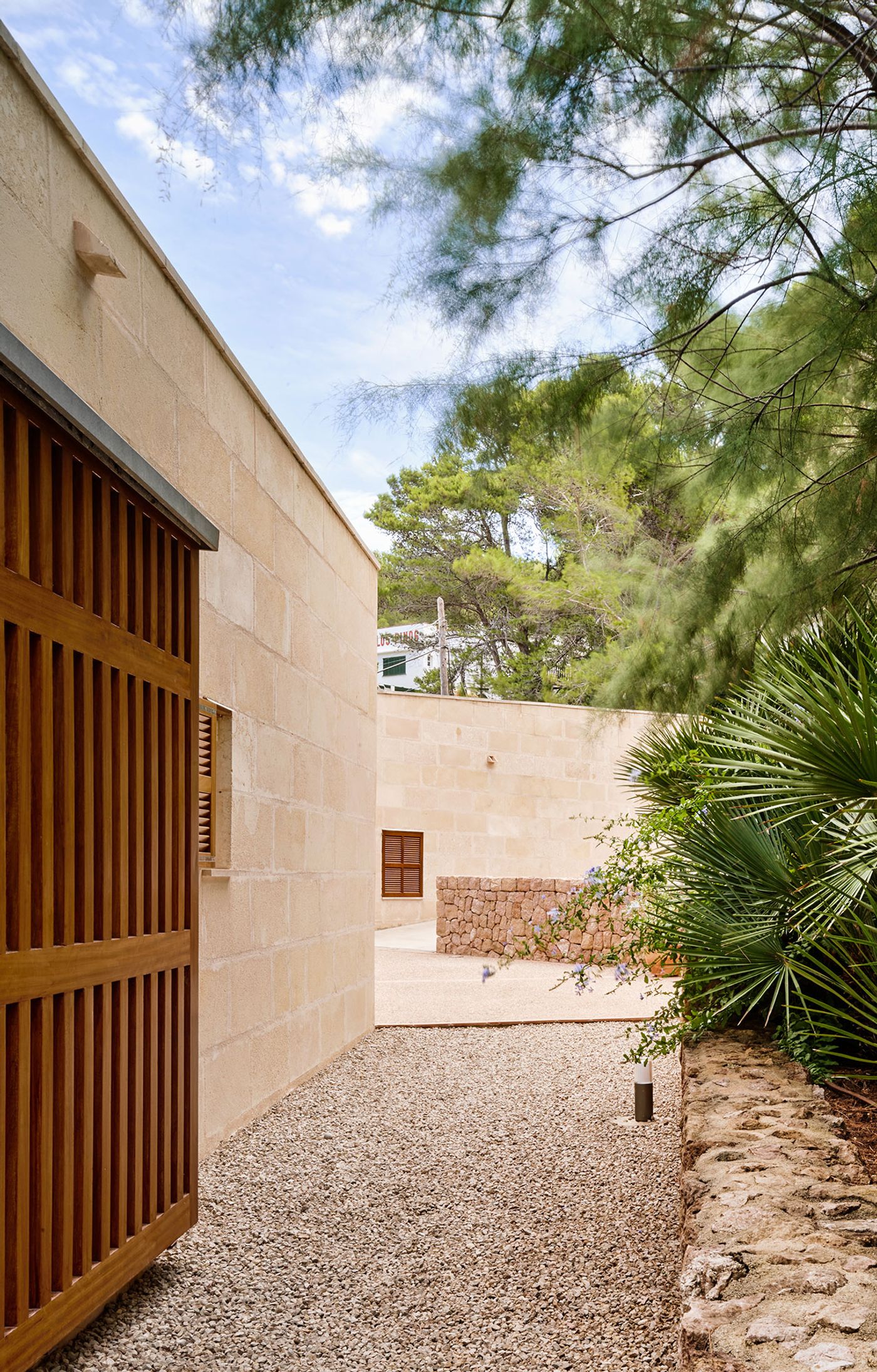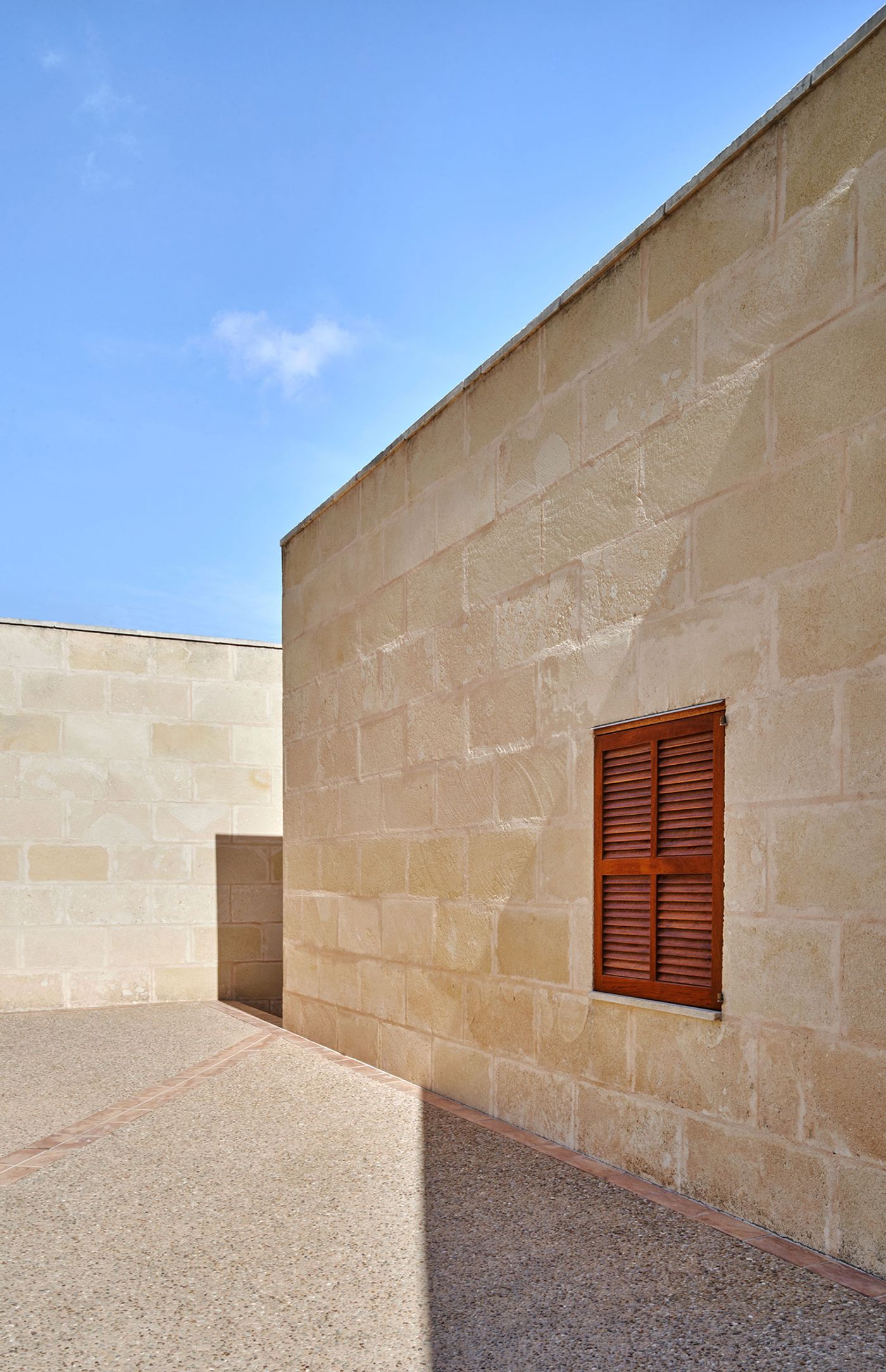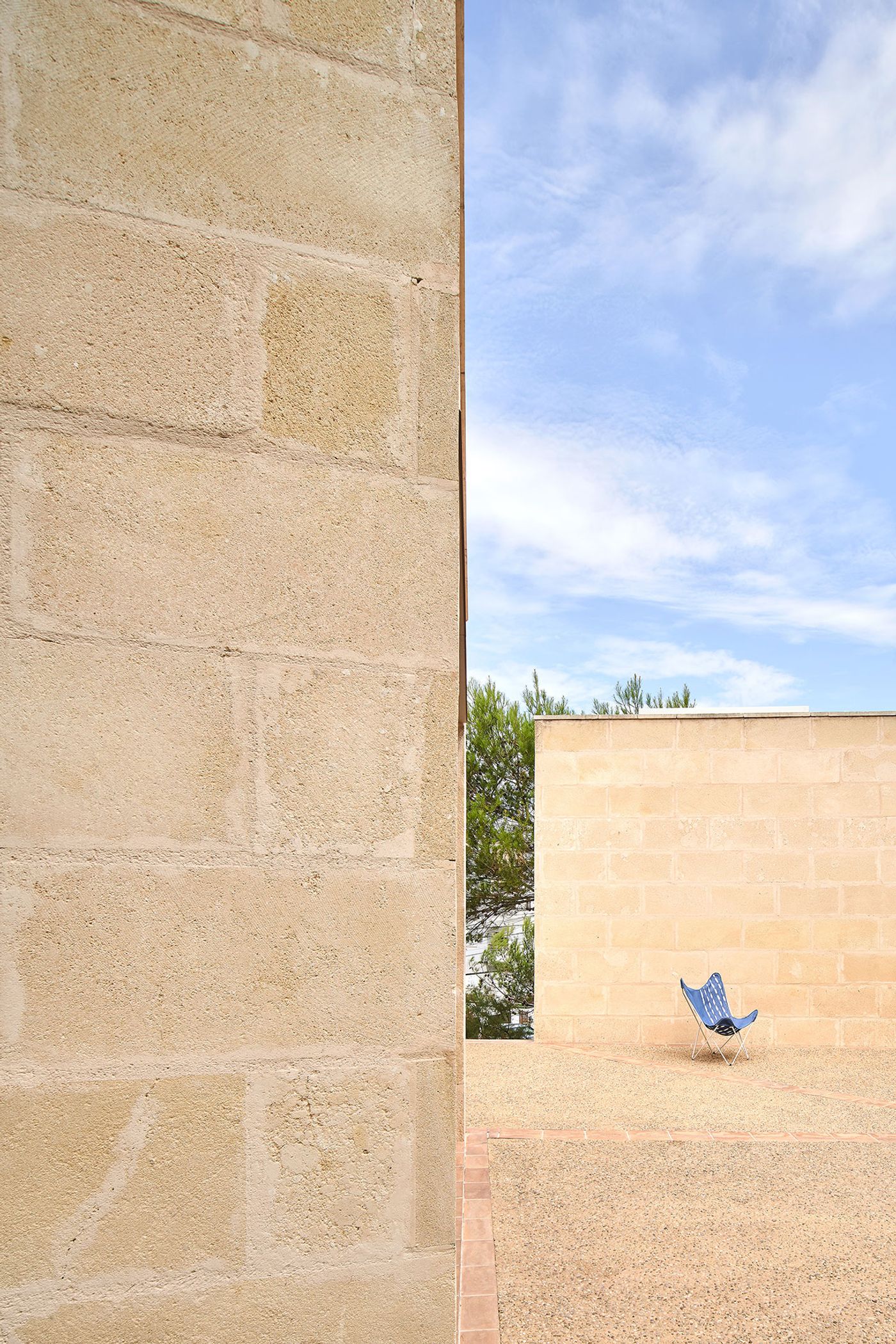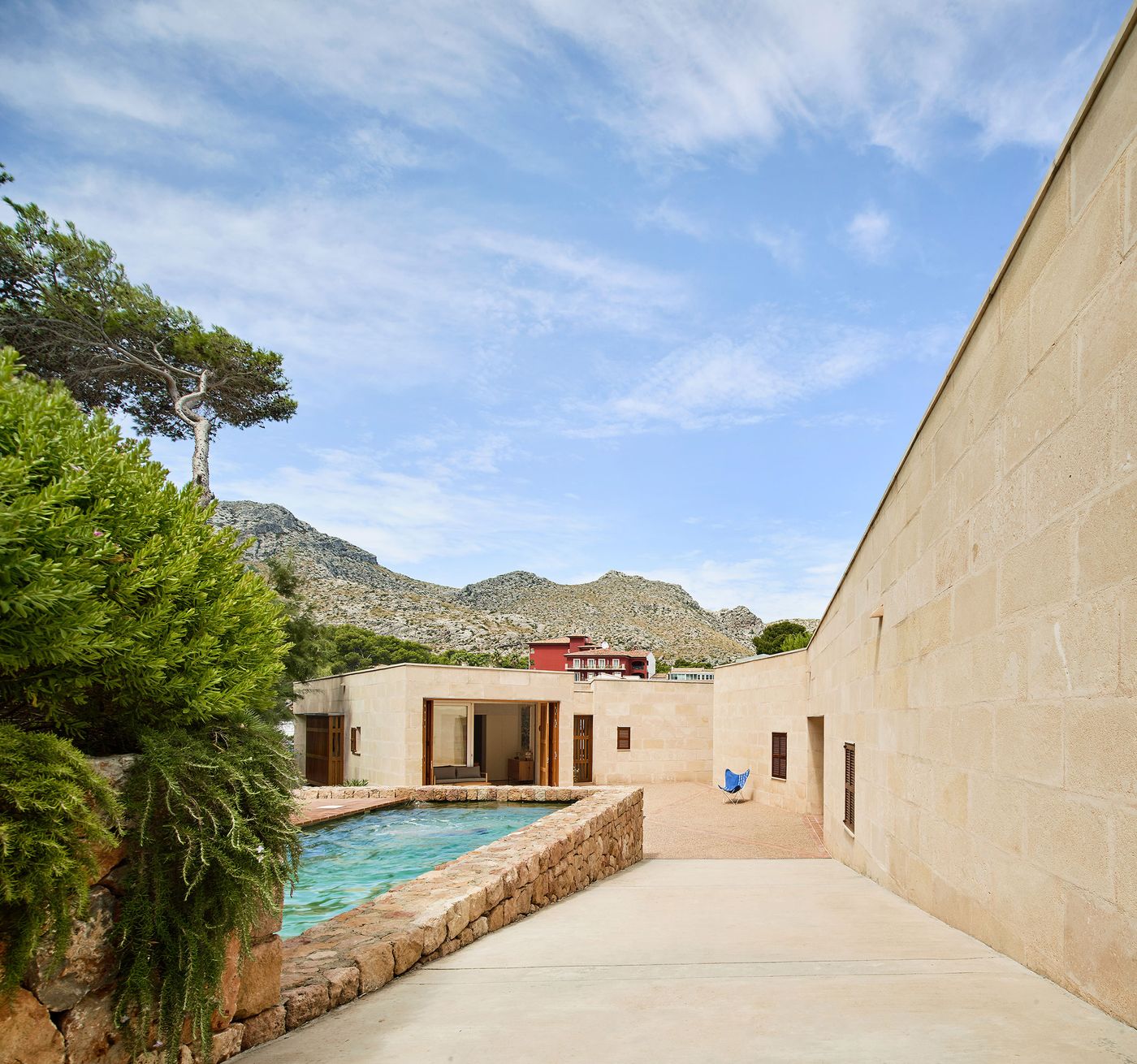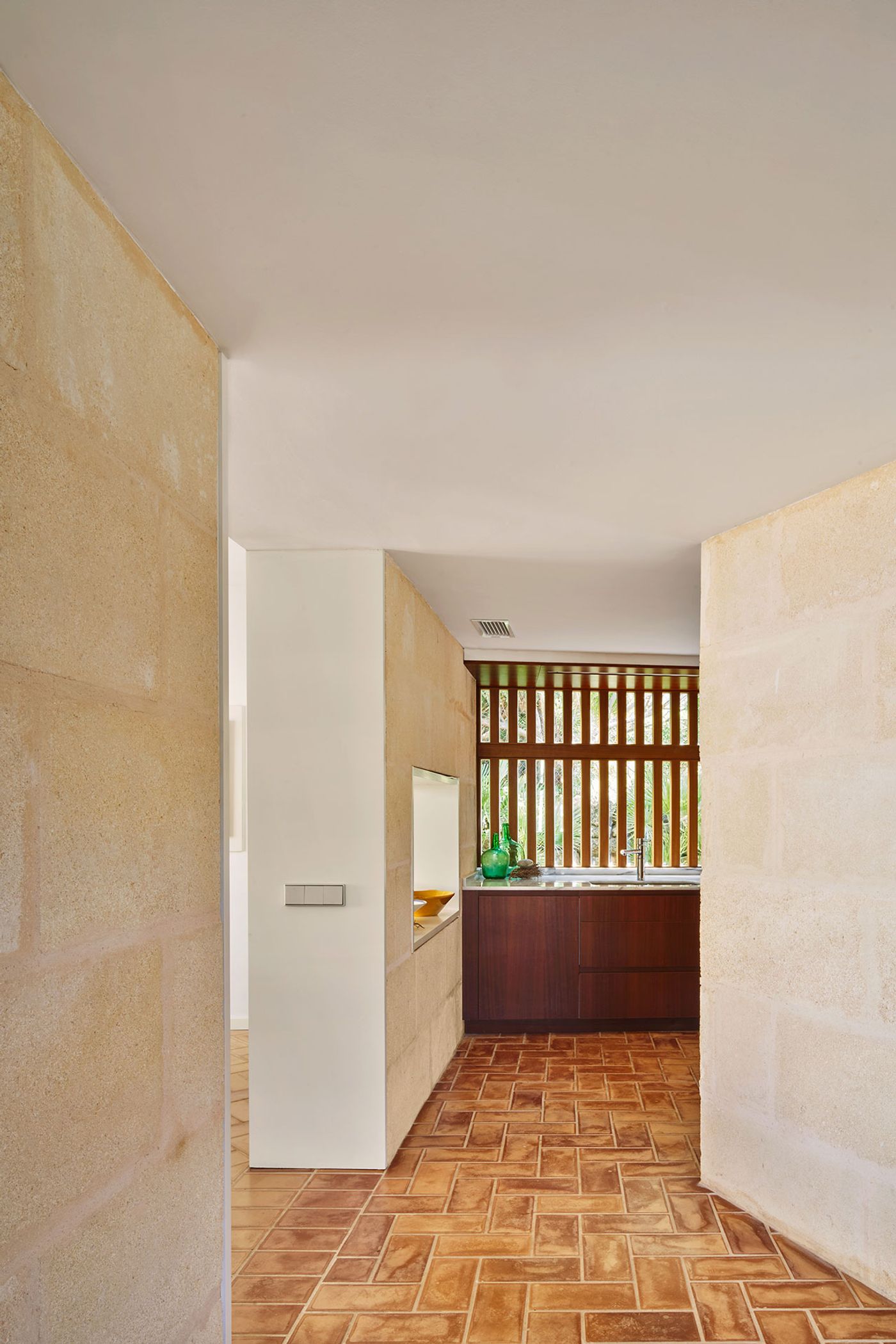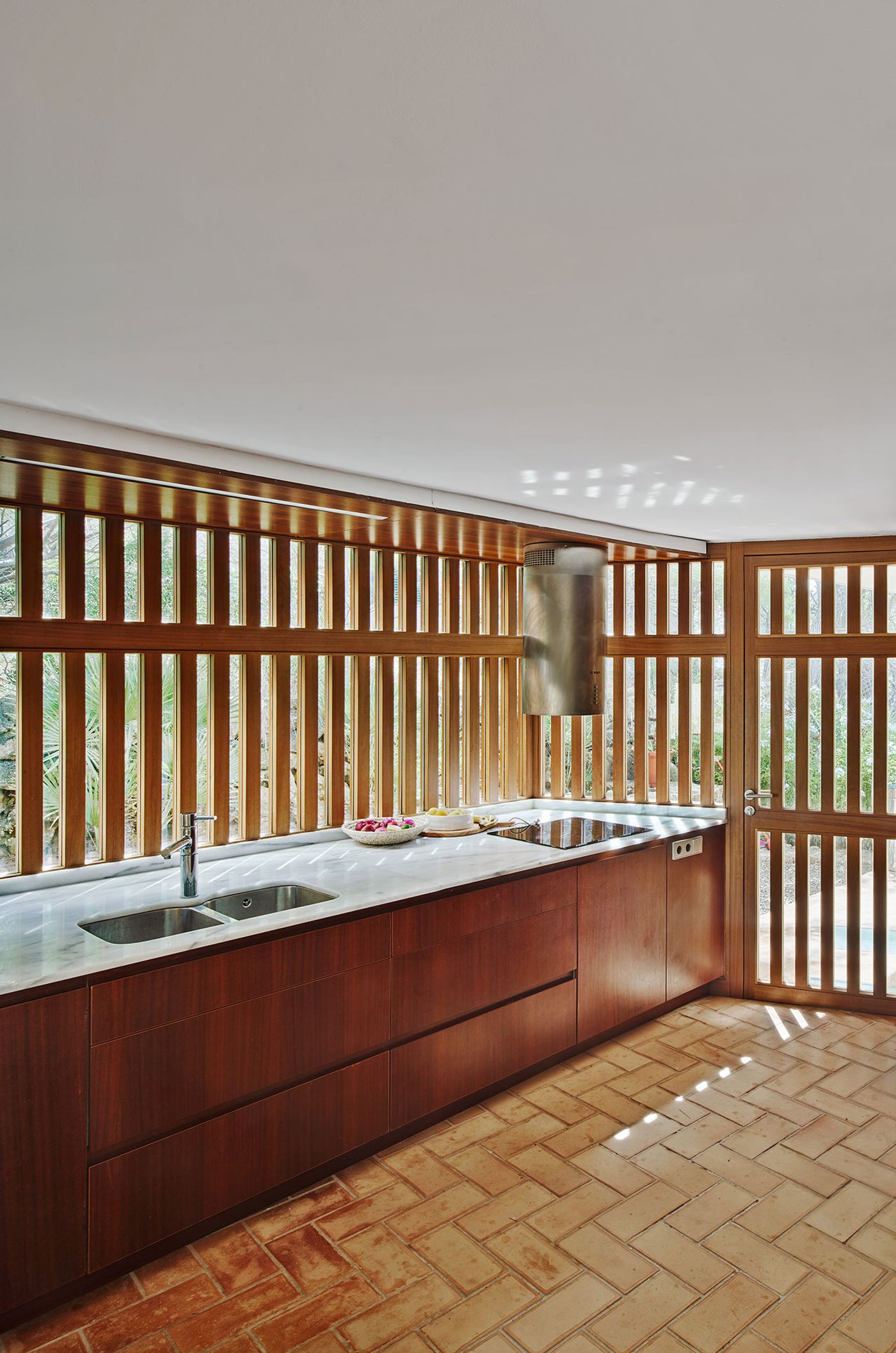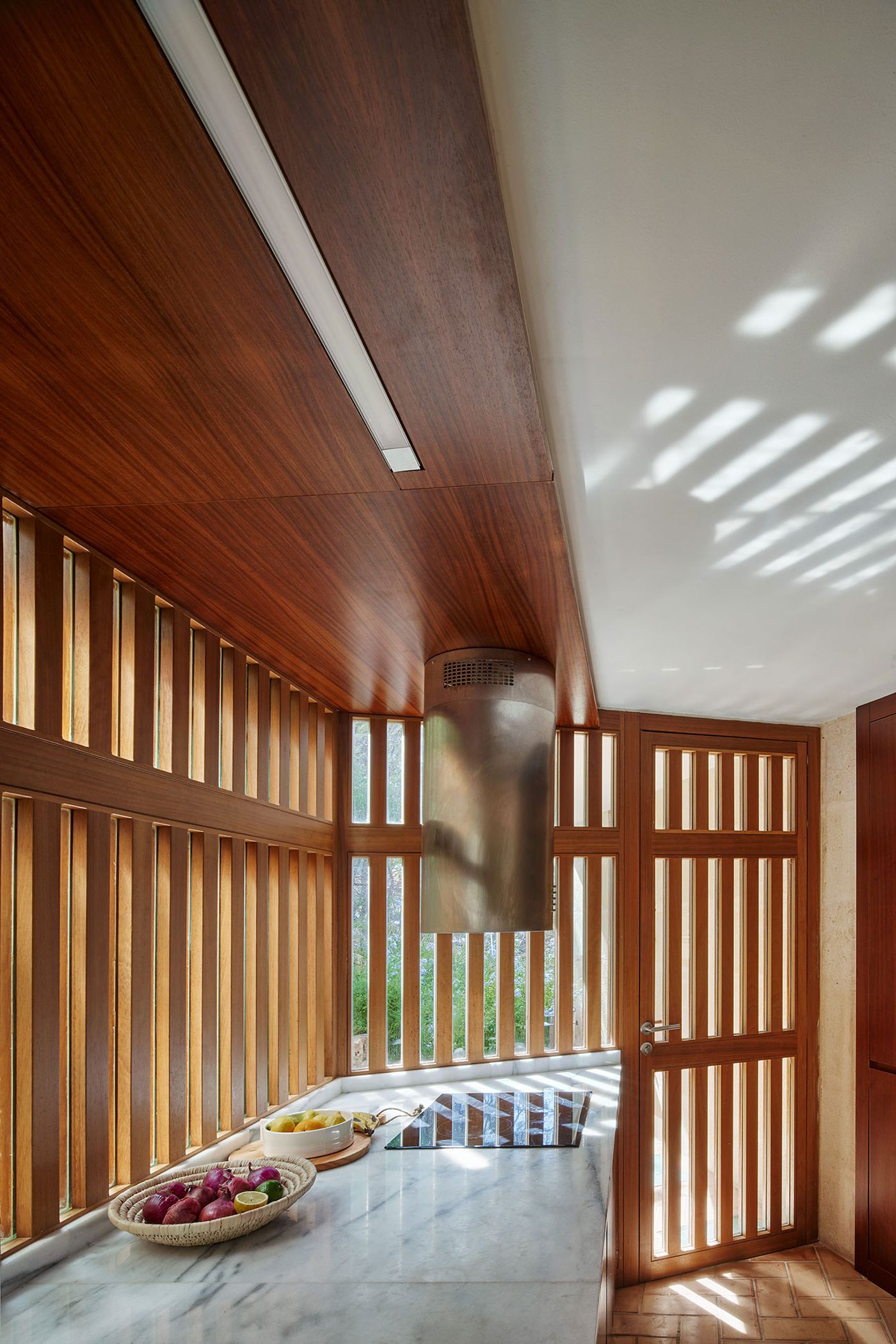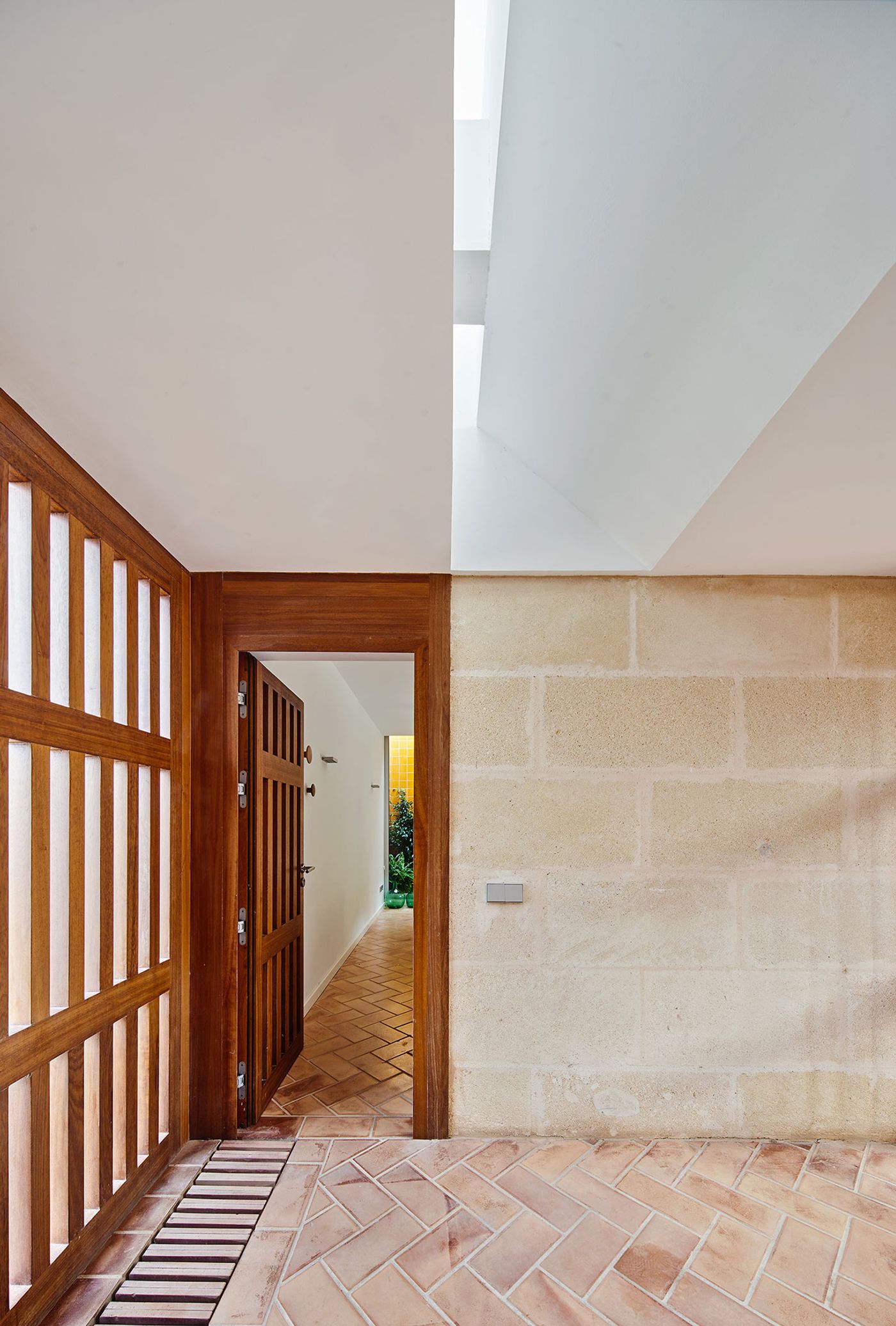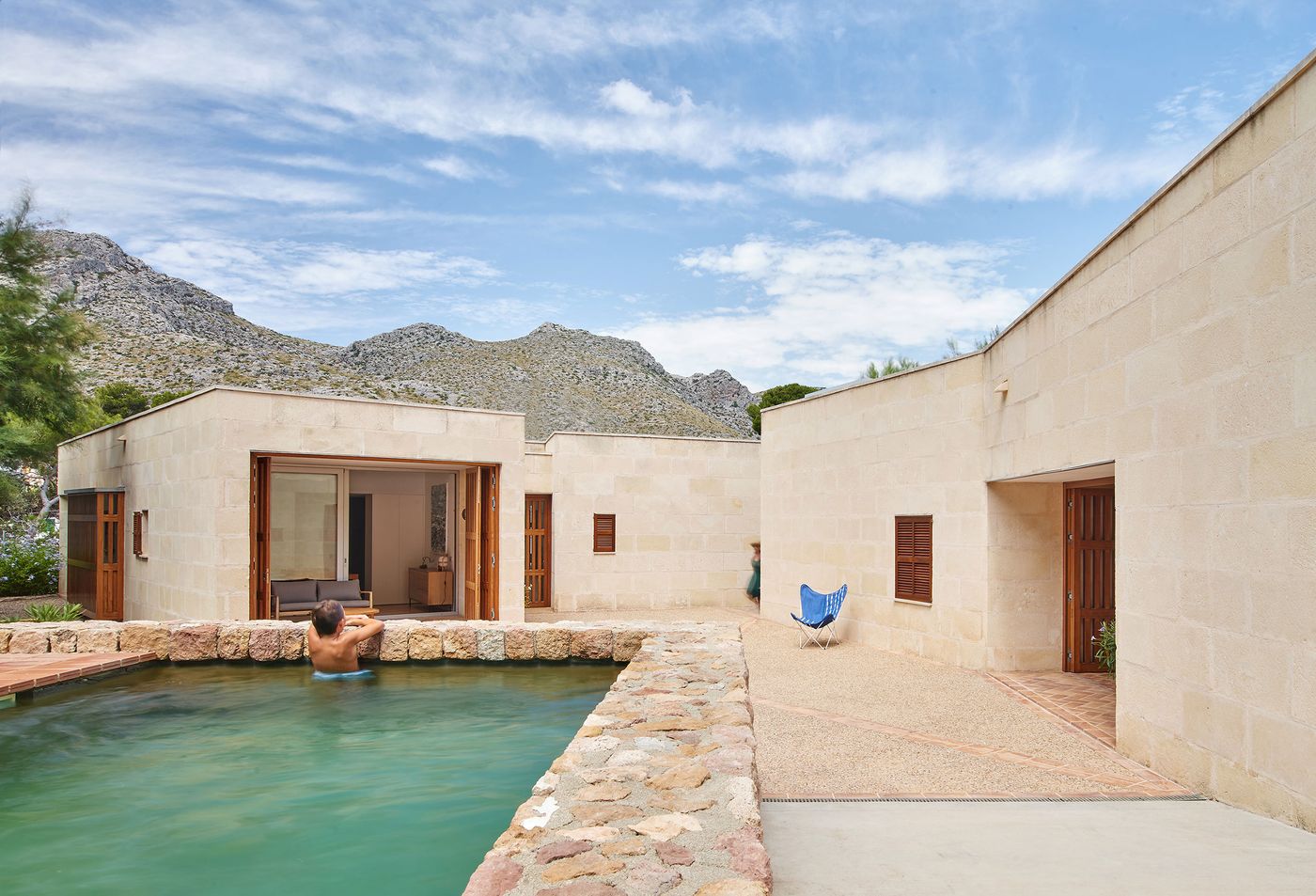
Casa Marés: A Modern Summer Residence Steeped in Mallorca’s Vernacular Heritage
Words by Yatzer
Location
Mallorca, Spain
Casa Marés: A Modern Summer Residence Steeped in Mallorca’s Vernacular Heritage
Words by Yatzer
Mallorca, Spain
Mallorca, Spain
Location
Blessed with a rugged landscape of steep cliffs that plunge into the Mediterranean Sea, Cala Sant Vicenç, a small fishing village turned tranquil resort town in north-eastern Mallorca, has been an artists’ magnet since the turn of the 20th century when many painters visited the area to paint the dramatic coastline. Taking a page from the artistic practice of focusing on the most engaging view, Barcelona-based architecture studio Two-Bo designed an introverted summer residence in Cala Sant Vicenç that cleverly looks out only towards the handful of views worth gazing at.
Modern in design, the house is nevertheless steeped in the island’s vernacular heritage drawing inspiration from two diverse local landmarks: the Baroque-era Santo Domenico cloister in Pollença, a historic town a short drive away, and Can Lis, the house that Danish architect Jørn Utzon built in 1971 for his wife Lis and himself. Very different in style, the two buildings are united in their embrace of marés, a local type of sandstone that forms an integral part of the island’s traditional architecture, and which Casa Marés takes its name from.
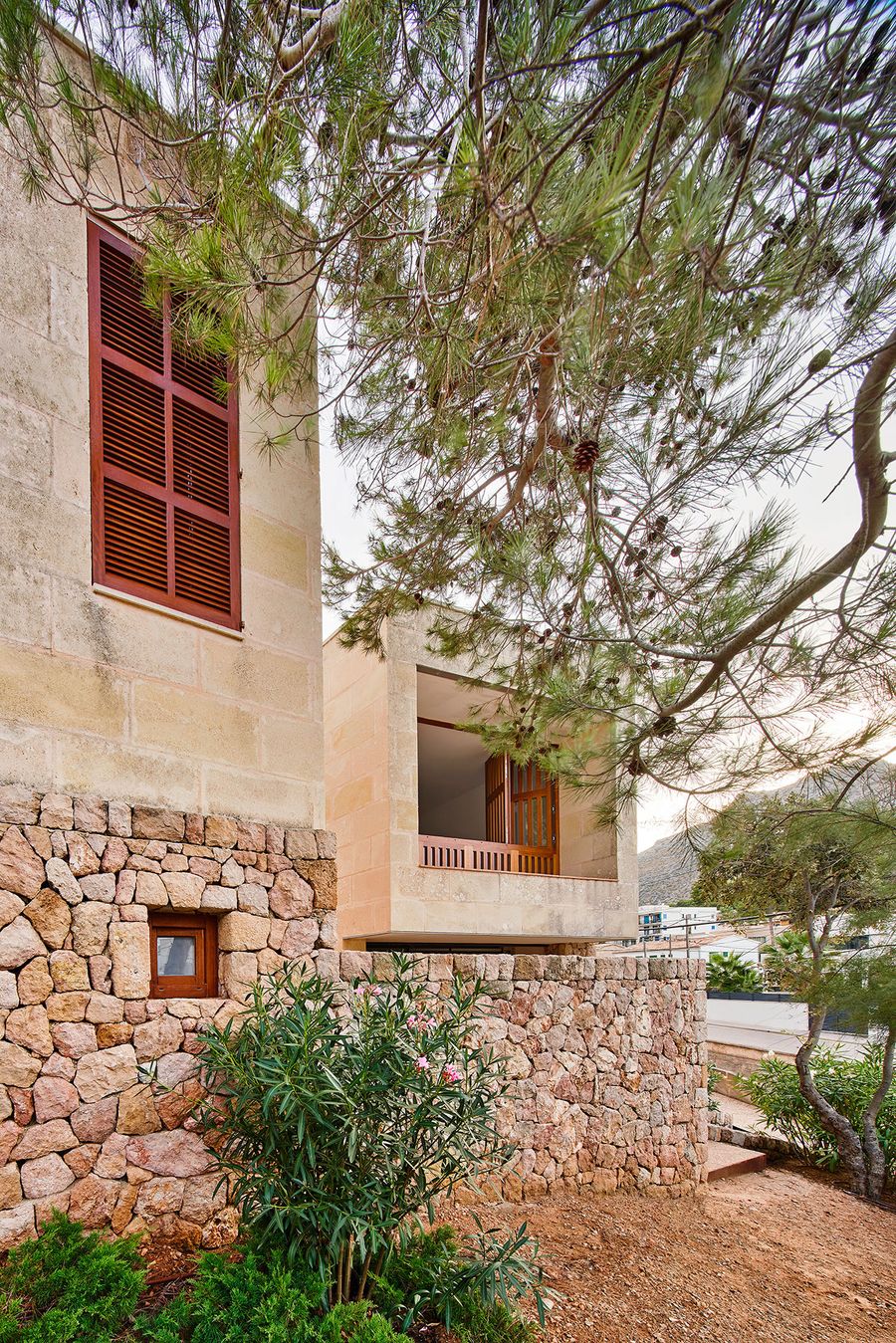
Casa Marés by TwoBo arquitectura. Photo by José Hevia.
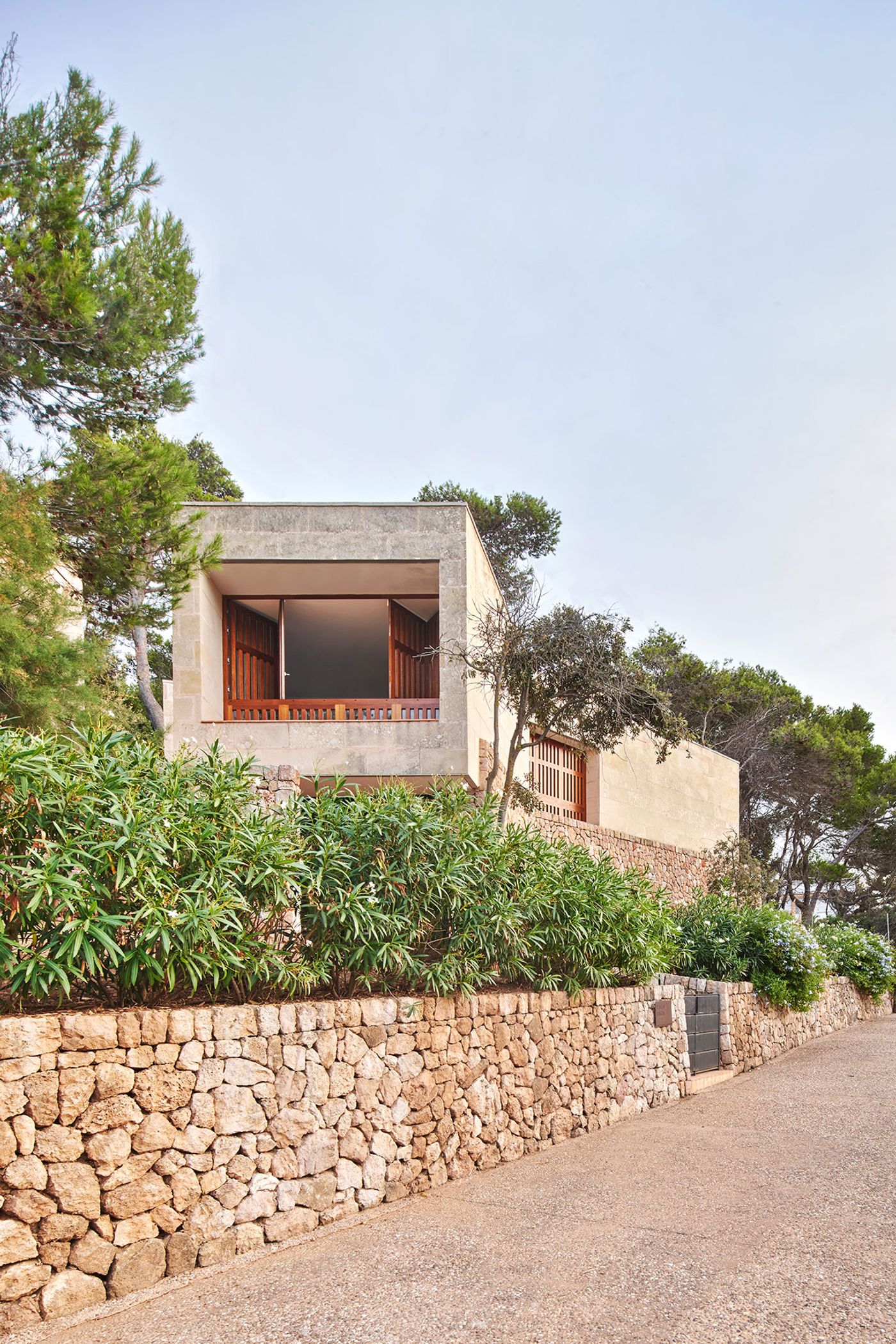
Casa Marés by TwoBo arquitectura. Photo by José Hevia.
In response to the property’s sloped terrain, the house is built on a podium in order to minimize - per the owners’ request - the number of stairs, as well as further facilitate the sea views. In fact, the views’ curation was one of the key considerations that informed the building’s design. “The project is rooted in the way we choose to observe the things around us”, the studio’s founders, Pablo Twose, María Pancorbo and Alberto Twose, explain. Divided into two autonomous parts – a configuration also found in Utzon’s house which is made up by four separate volumes – the house turns its back on the massive touristic developments that have sprung up to accommodate increased tourist flows, choosing instead to turn the focus towards a historic residence up the hill and to the sea down below.
The two separate building volumes, one of which houses the communal spaces and the other the private quartets, surround a courtyard at the heart of the property. Conceived as a village square, the courtyard not only connects all the interior spaces but also serves as a secluded outdoor living area, complete with swimming pool and garden – an ideal space in other words for summer living.
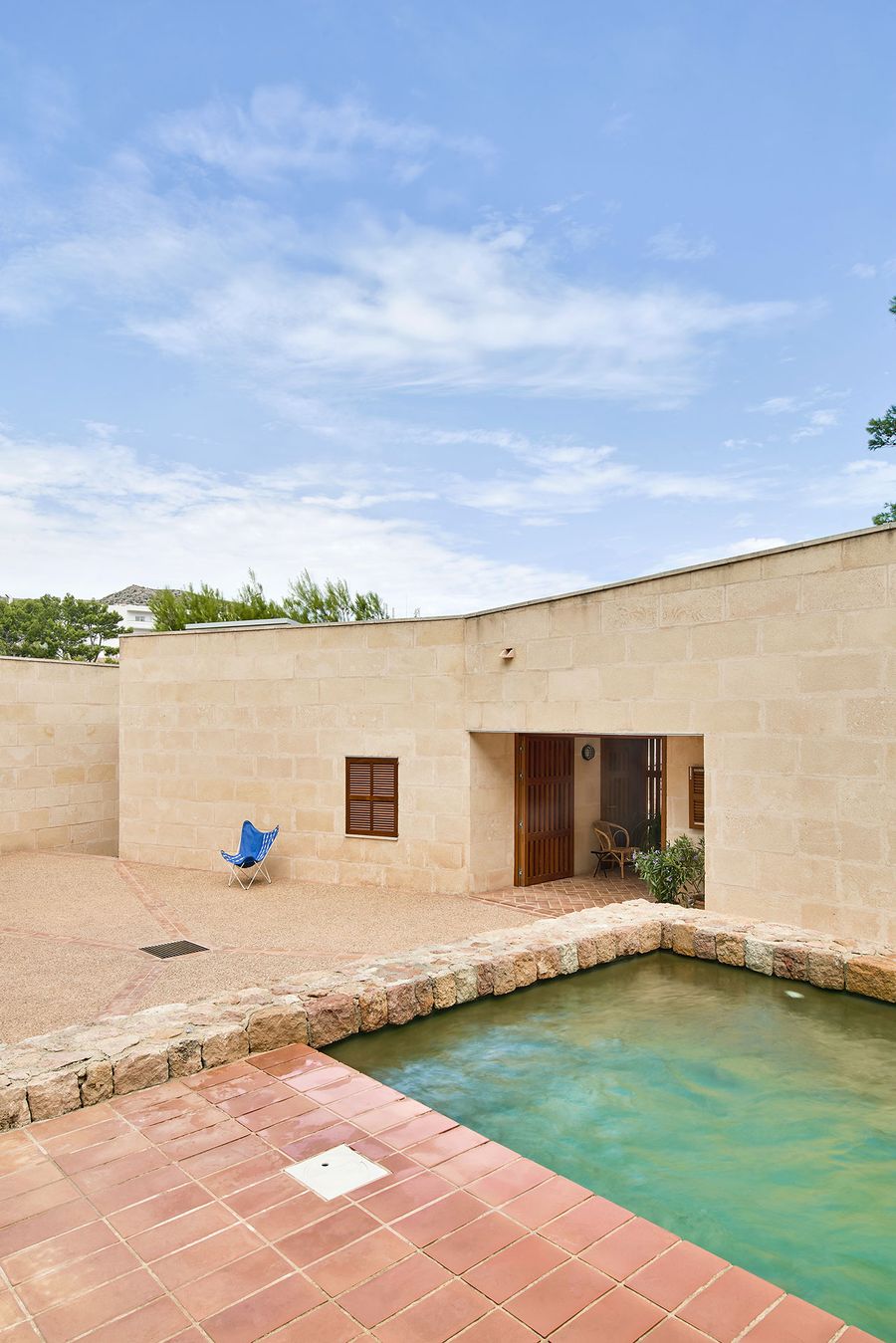
Casa Marés by TwoBo arquitectura. Photo by José Hevia.

Casa Marés by TwoBo arquitectura. Photo by José Hevia.
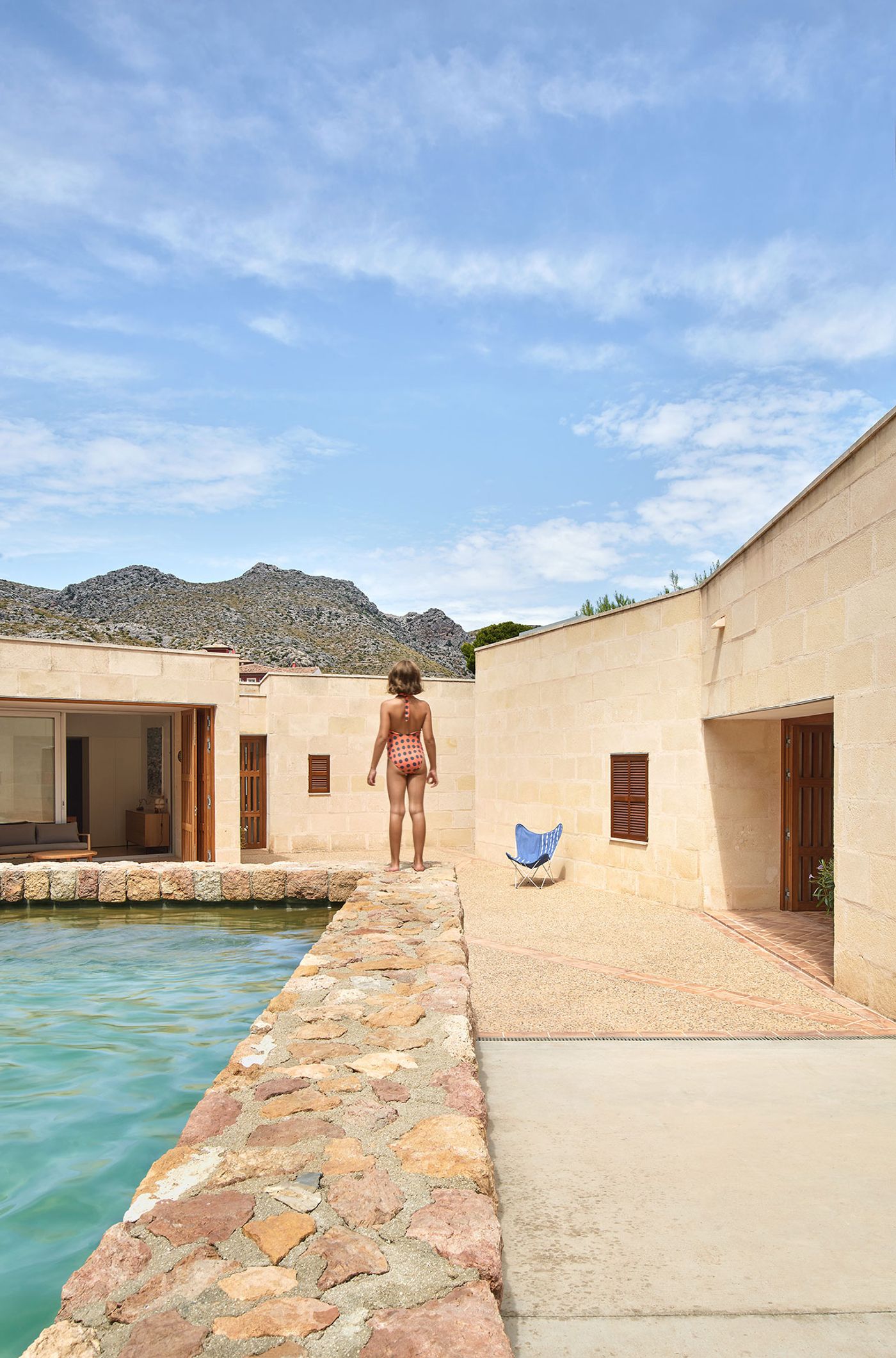
Casa Marés by TwoBo arquitectura. Photo by José Hevia.
While the building adopts a contemporary architectural language of clean-cut rectilinear forms, the island’s vernacular character is channelled through the construction materials, namely marés, which has been used for the building of the house itself and dry stone construction, the latter used for building the podium, the swimming pool and the terraced garden. Found in all kinds of structures, from cathedrals, castles and townhouses, to city walls and rural homes, marés is one of the most representative and characteristic building materials used in Mallorca’s traditional architecture. Although its use declined with the popularization of concrete and other modern materials, it’s still widely used today attested by the sixteen active marés quarries on the island.
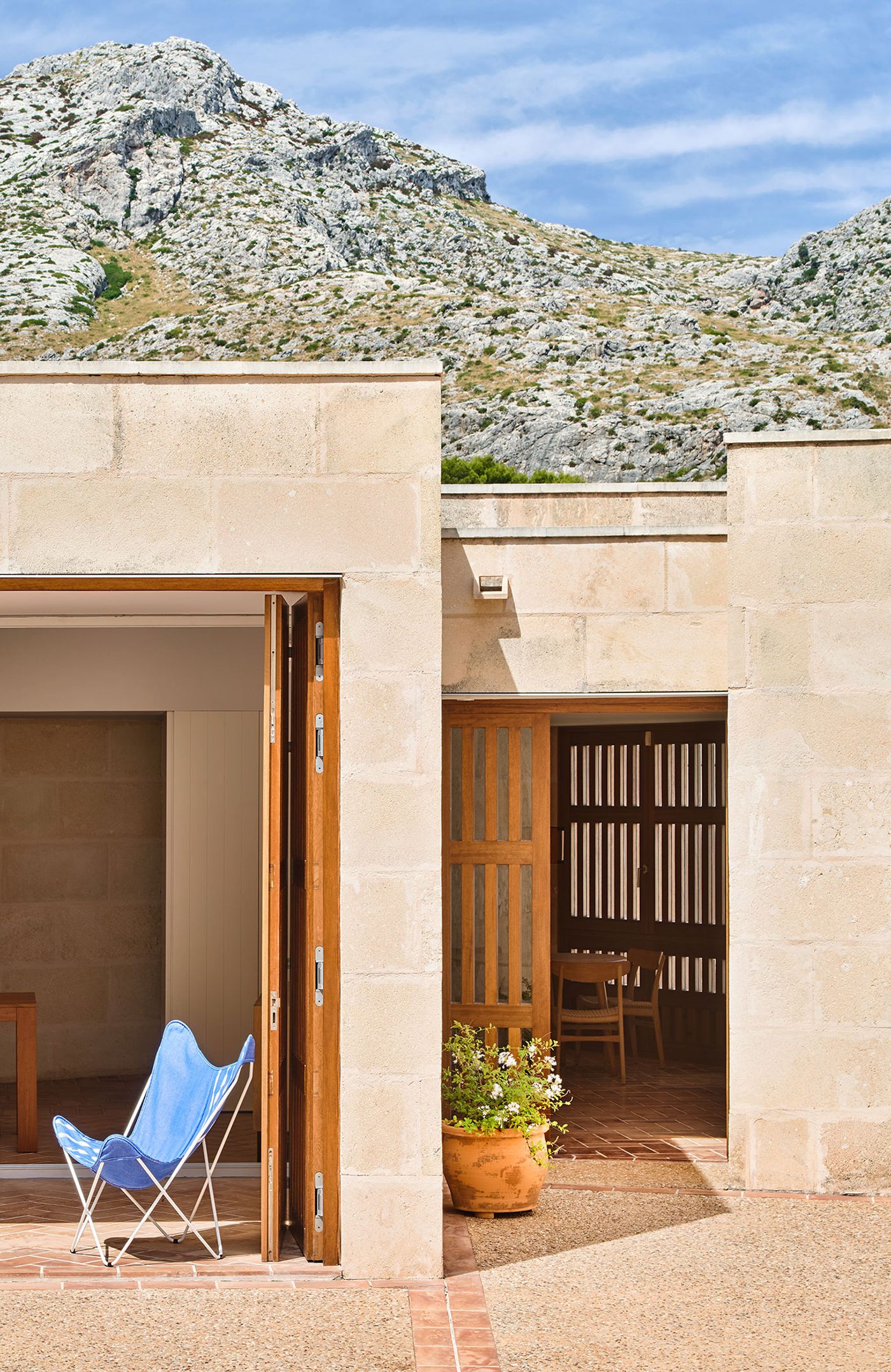
Casa Marés by TwoBo arquitectura. Photo by José Hevia.
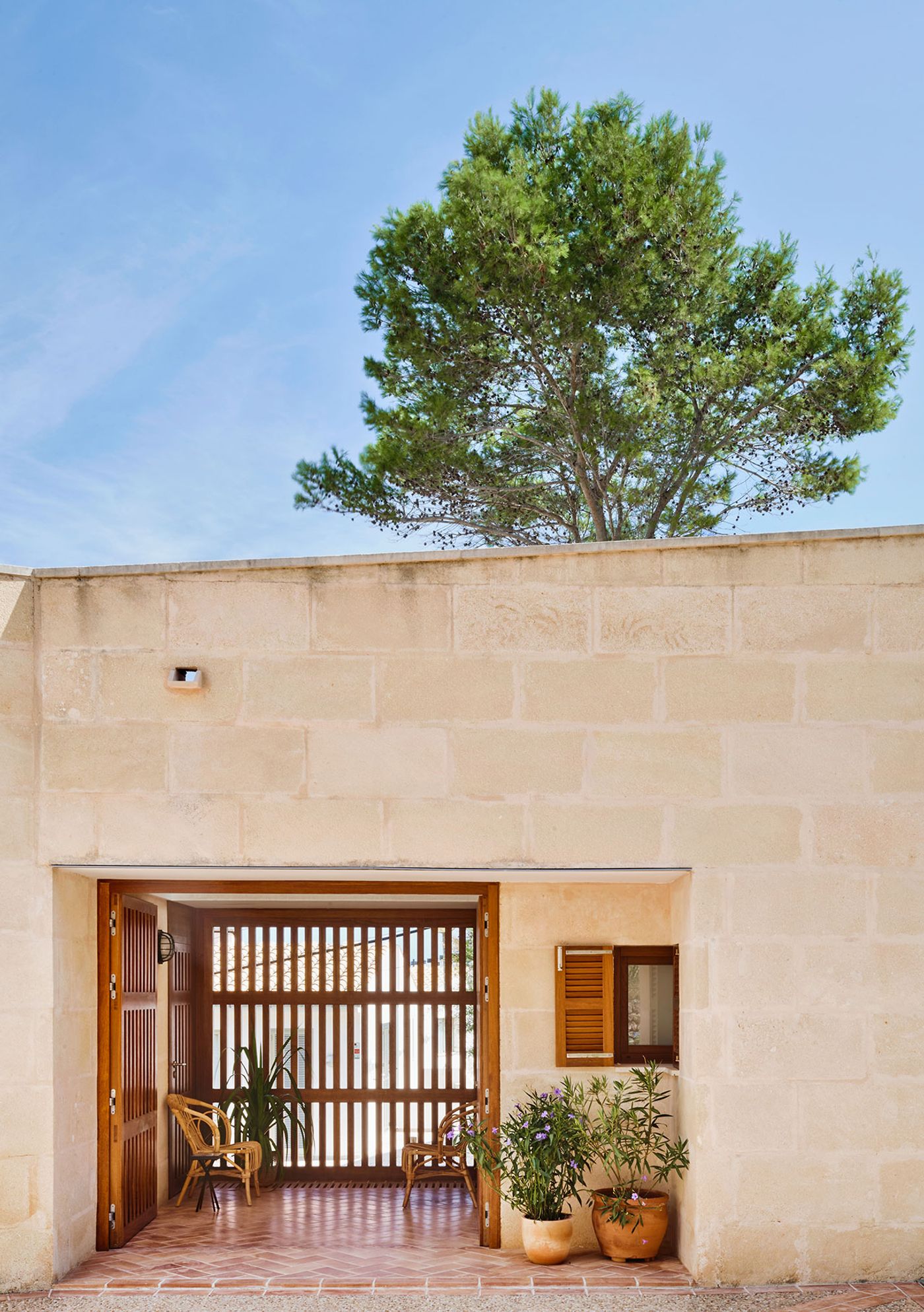
Casa Marés by TwoBo arquitectura. Photo by José Hevia.
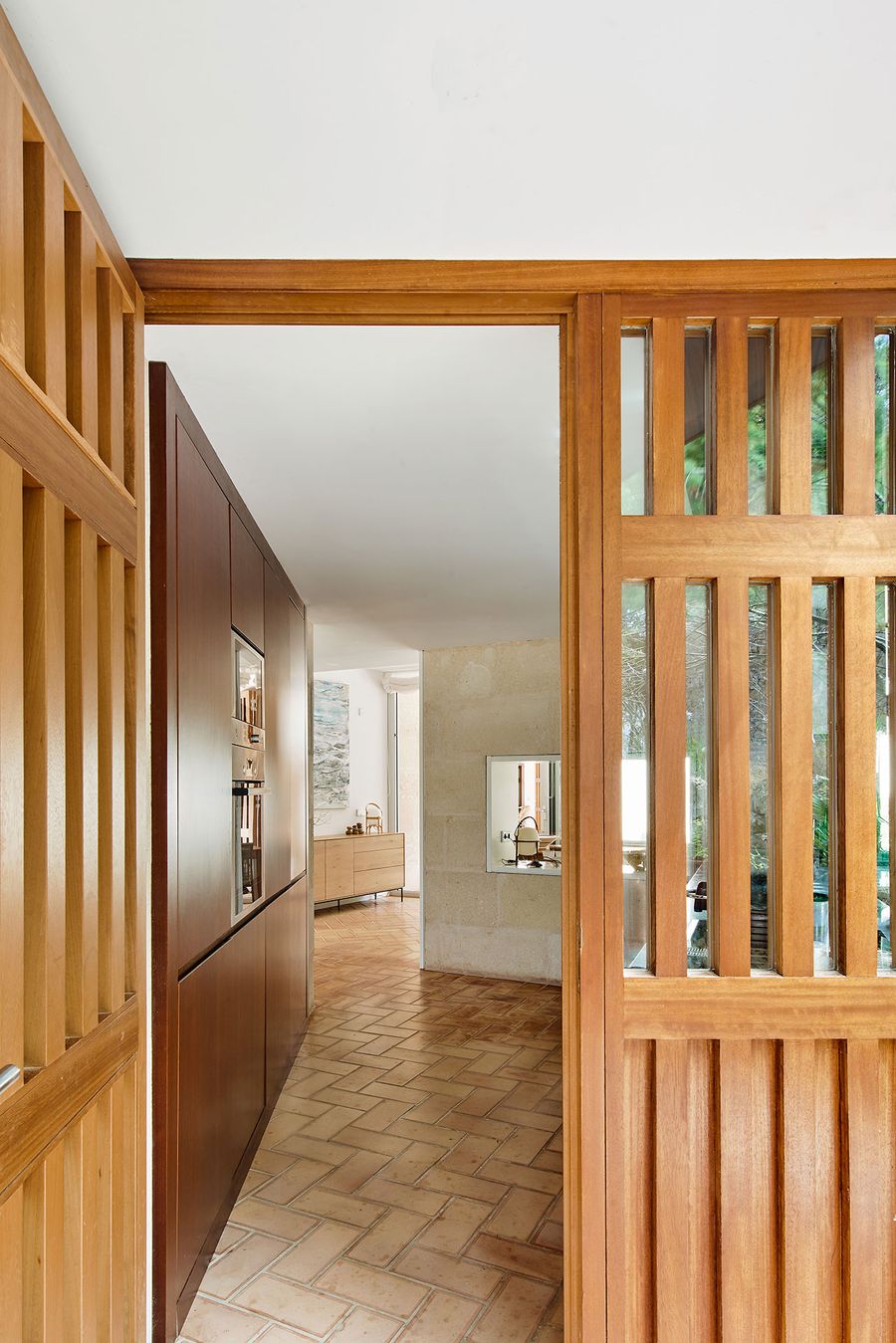
Casa Marés by TwoBo arquitectura. Photo by José Hevia.
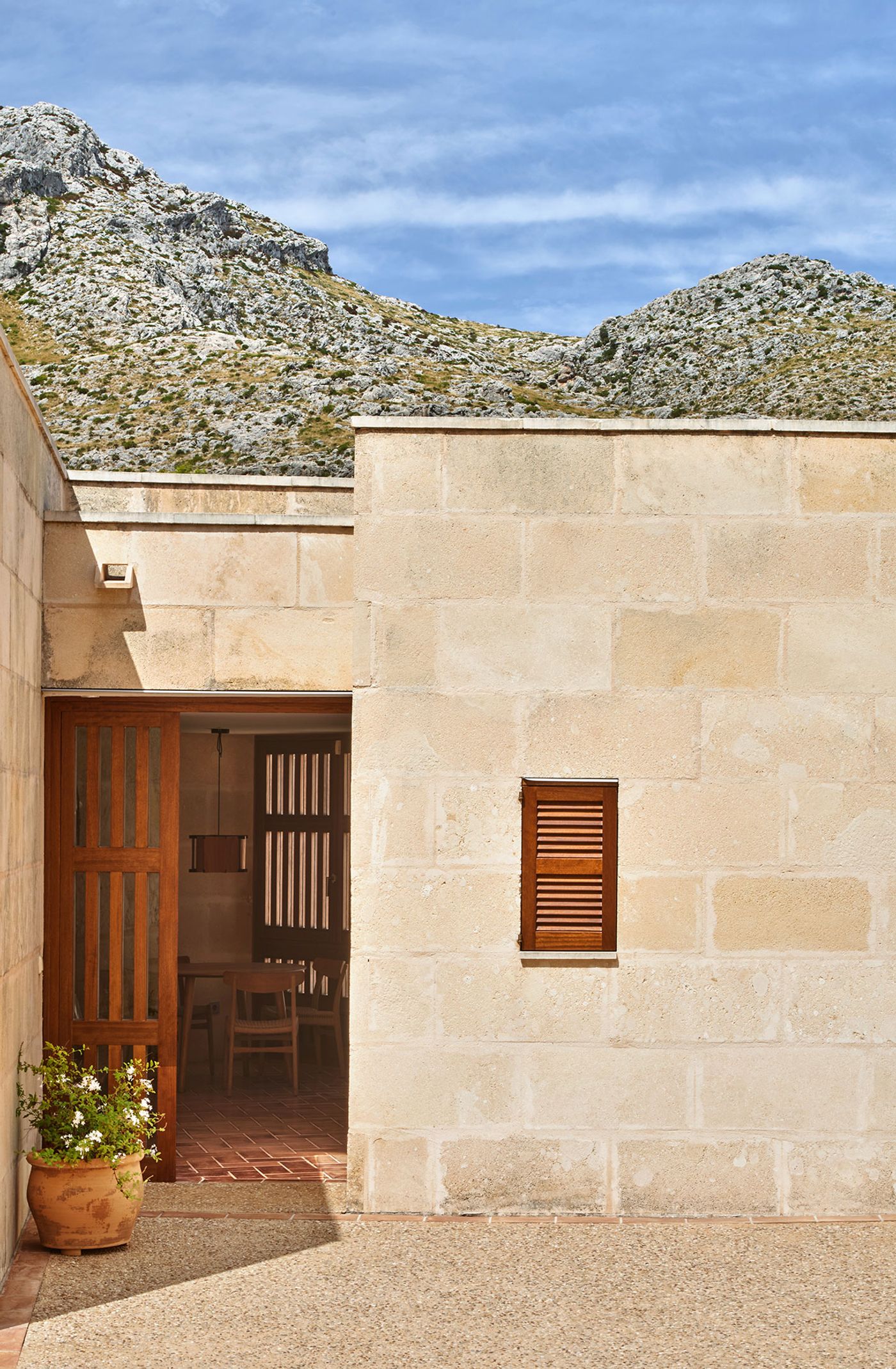
Casa Marés by TwoBo arquitectura. Photo by José Hevia.
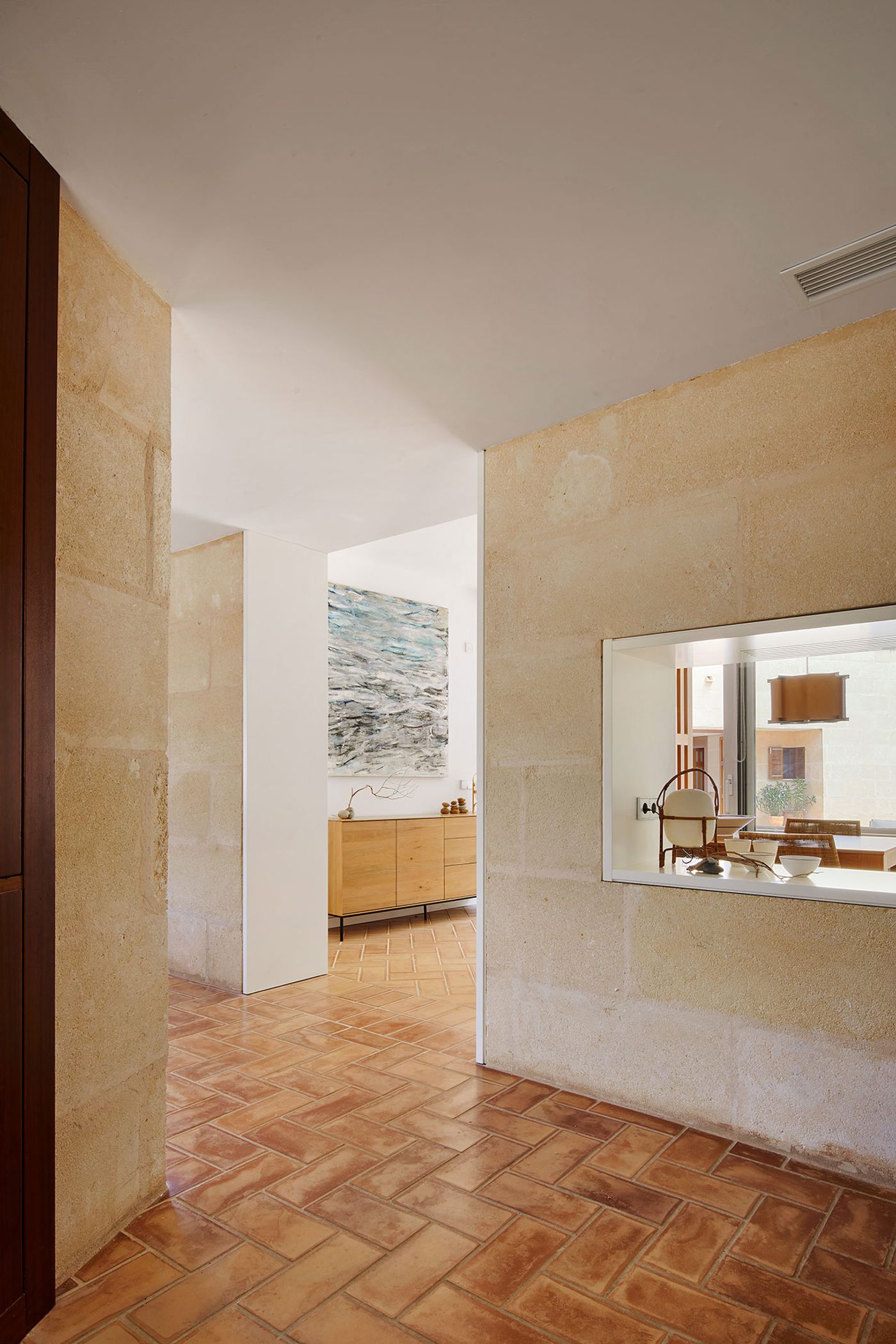
Casa Marés by TwoBo arquitectura. Photo by José Hevia.
The dry stone and marés-built volumes are complemented by terracotta tiling, rolling stone mosaic, and timber door/window frames and shutters that further imbue the house with the island’s vernacular heritage. Natural materials that allude to the region’s landscape also dominate the pared-down interiors with exposed stone walls softened by plastered wall sections and white painted wood panelling, terracotta floor tiling giving way to hardwood floors in the bedrooms, and minimalist-designed woodwork in lush brown hues adding warmth. All in all, an elegant, soothing and light-filled living environment where the precious views of Cala Sant Vicenç take centre stage.
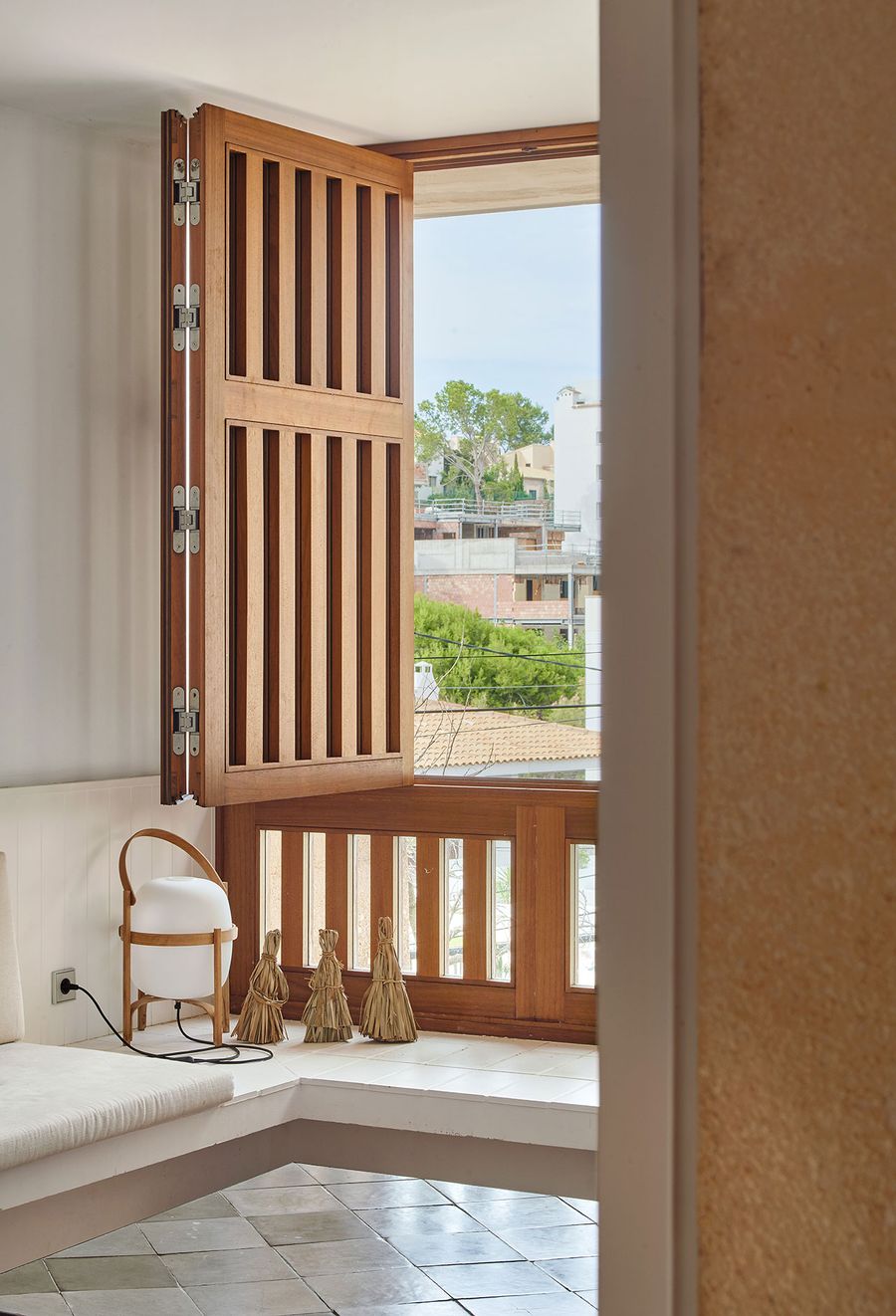
Casa Marés by TwoBo arquitectura. Photo by José Hevia.
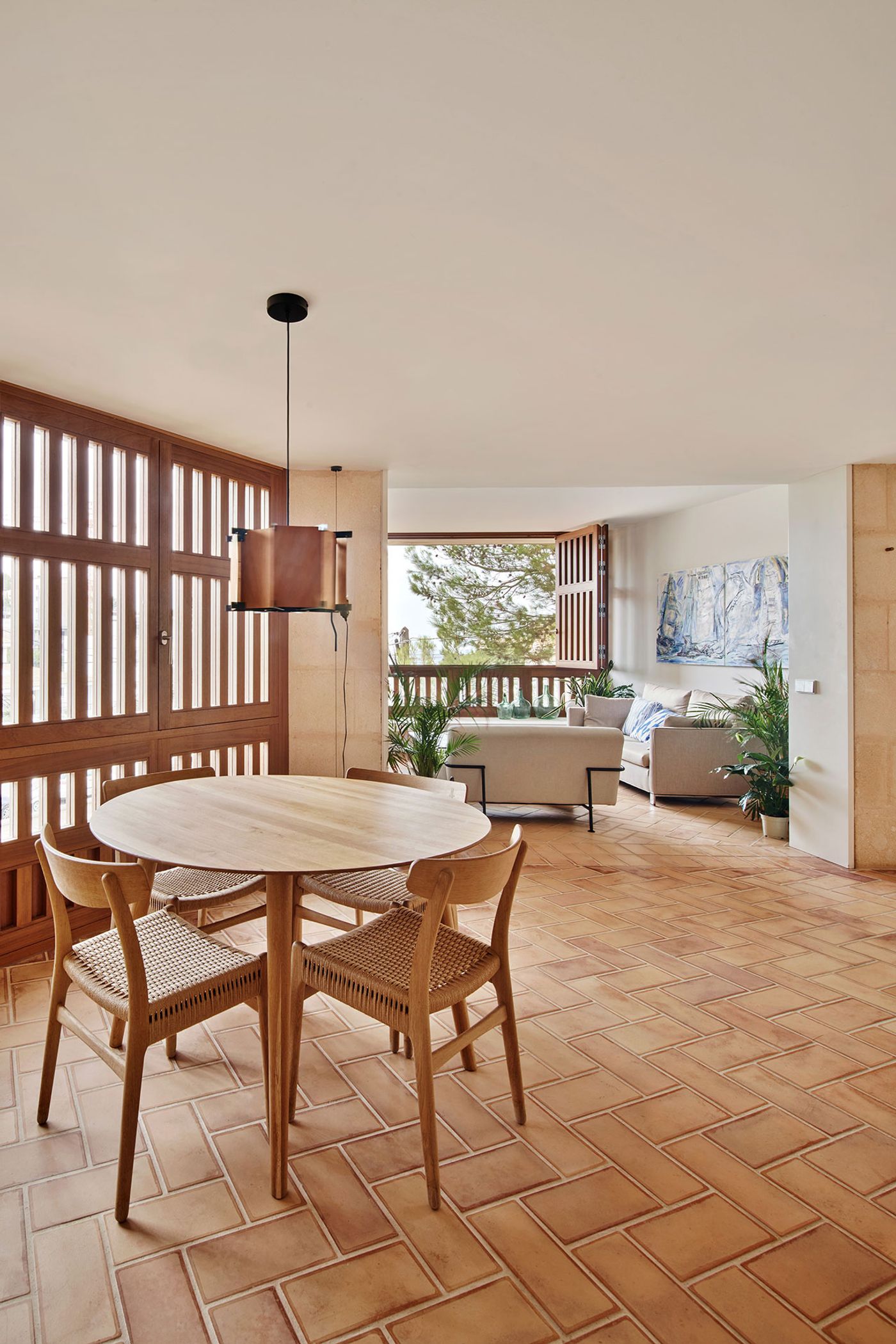
Casa Marés by TwoBo arquitectura. Photo by José Hevia.

Casa Marés by TwoBo arquitectura. Photo by José Hevia.
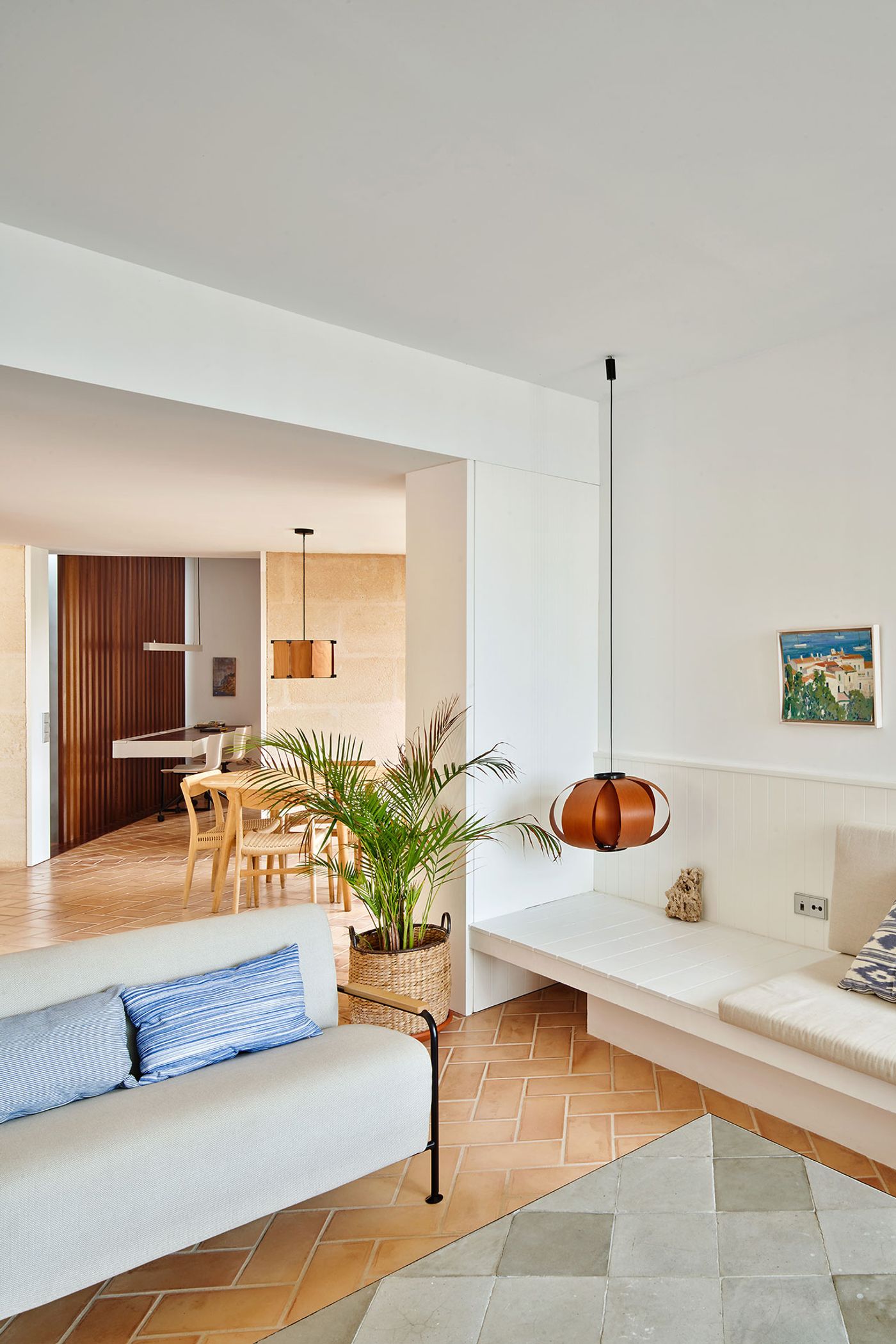
Casa Marés by TwoBo arquitectura. Photo by José Hevia.
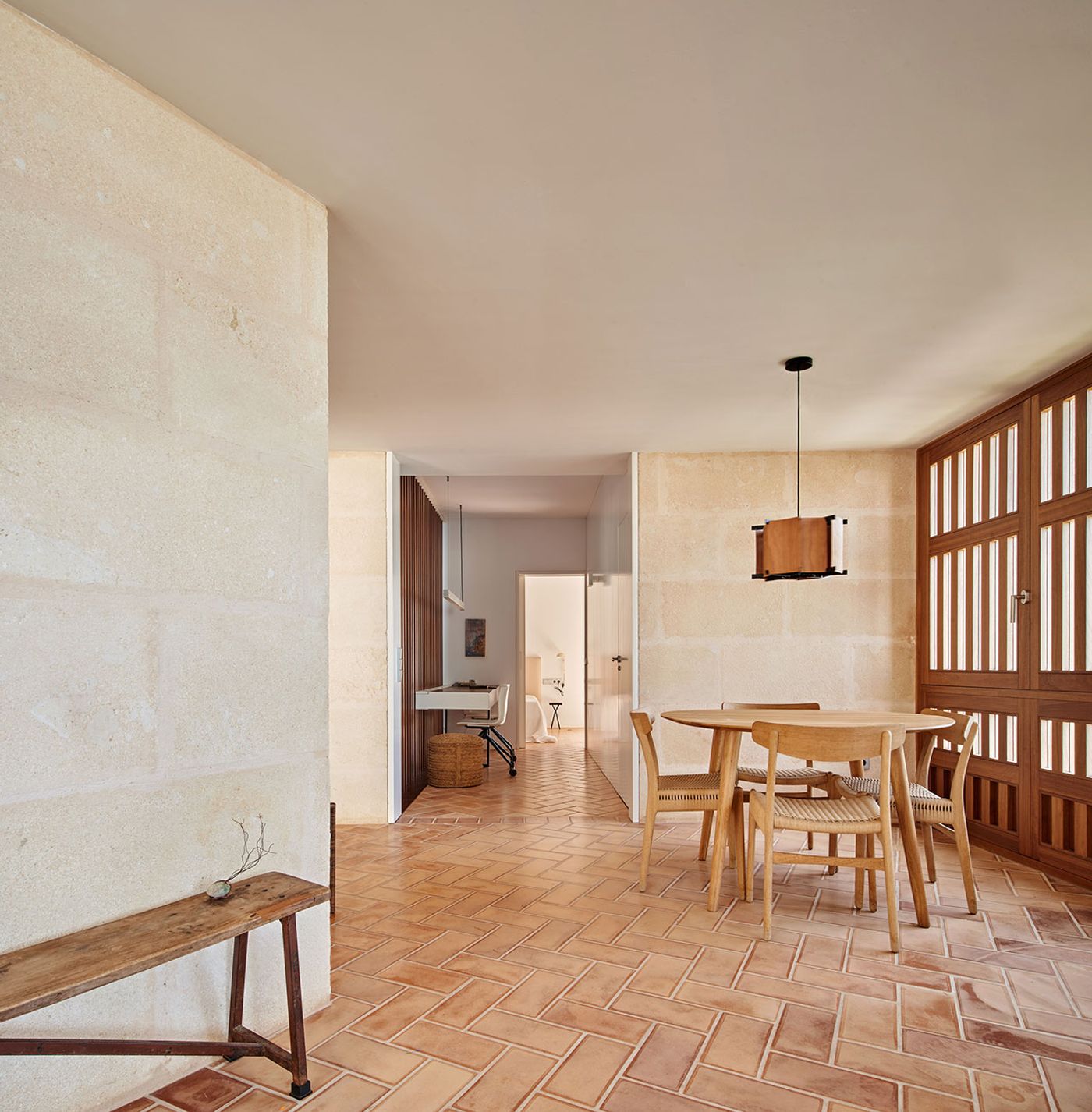
Casa Marés by TwoBo arquitectura. Photo by José Hevia.
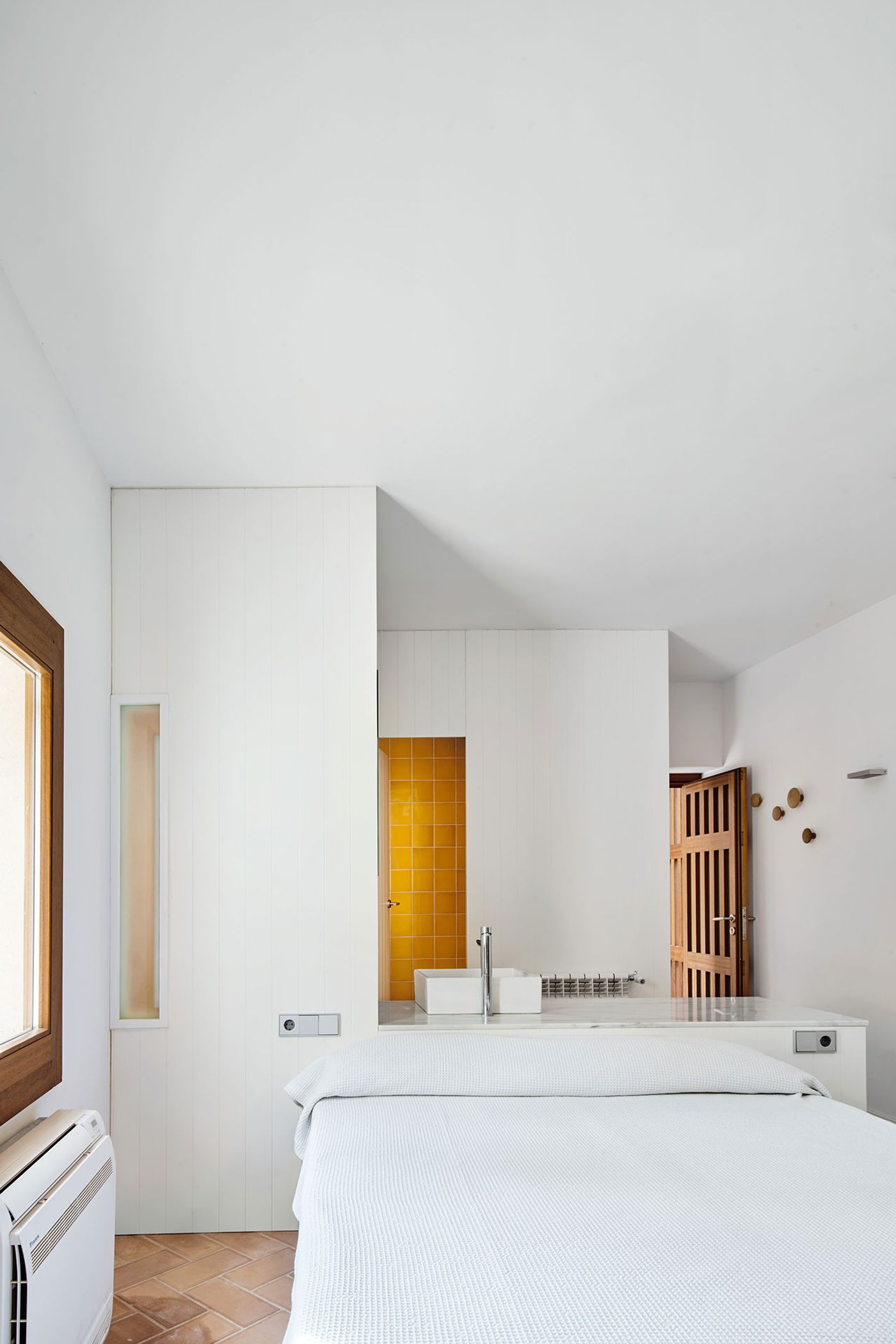
Casa Marés by TwoBo arquitectura. Photo by José Hevia.
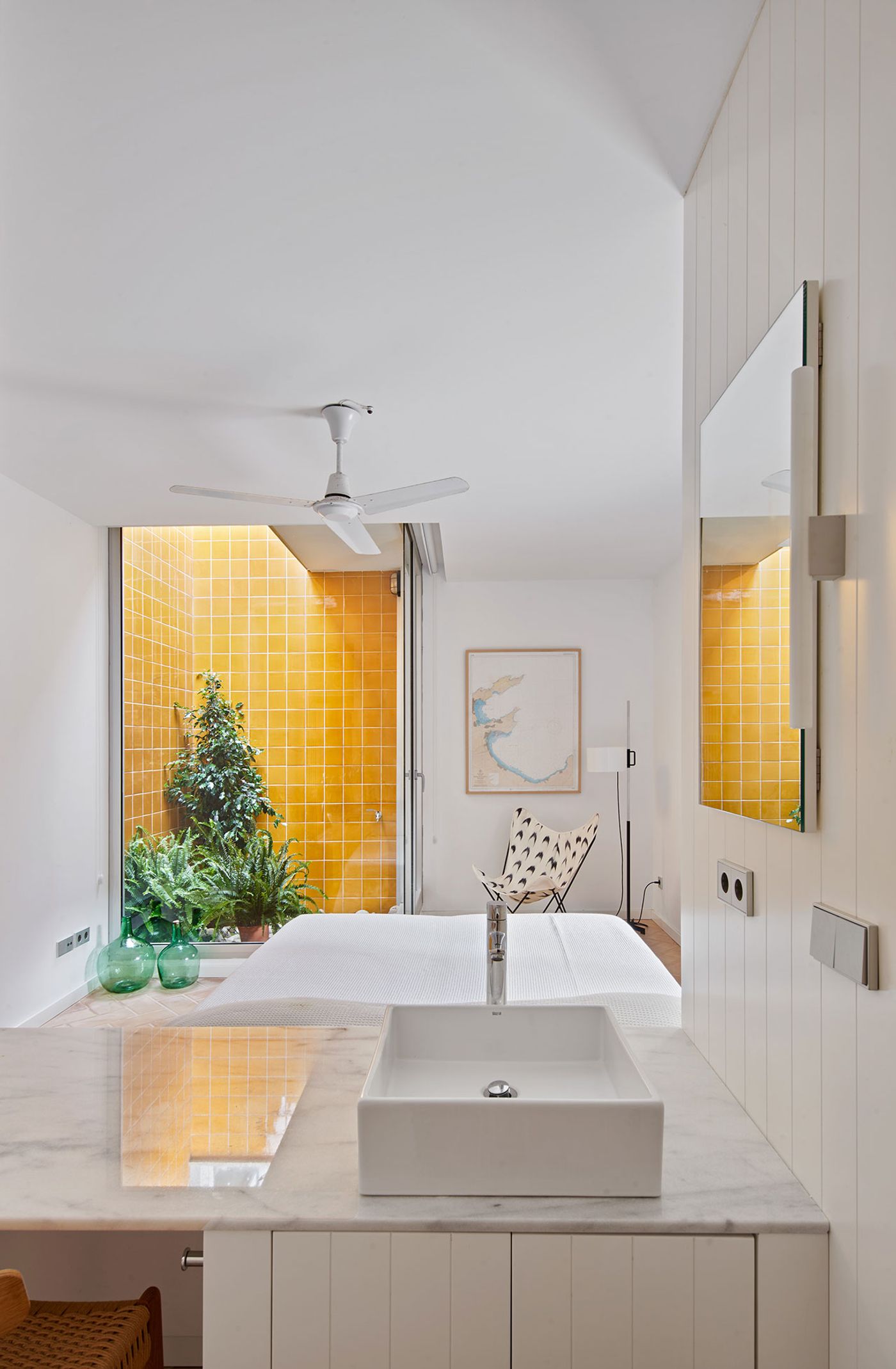
Casa Marés by TwoBo arquitectura. Photo by José Hevia.
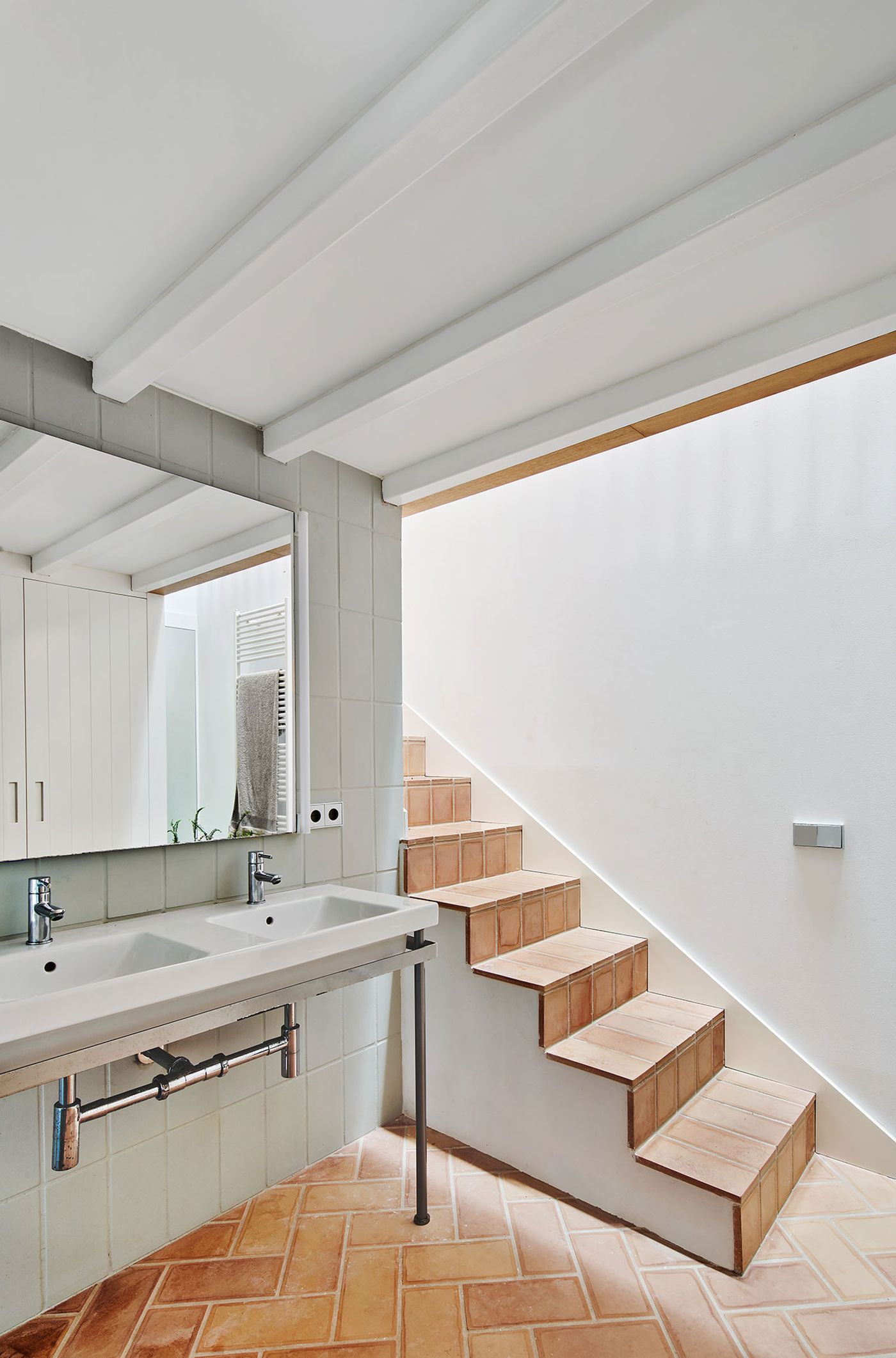
Casa Marés by TwoBo arquitectura. Photo by José Hevia.

Casa Marés by TwoBo arquitectura. Photo by José Hevia.
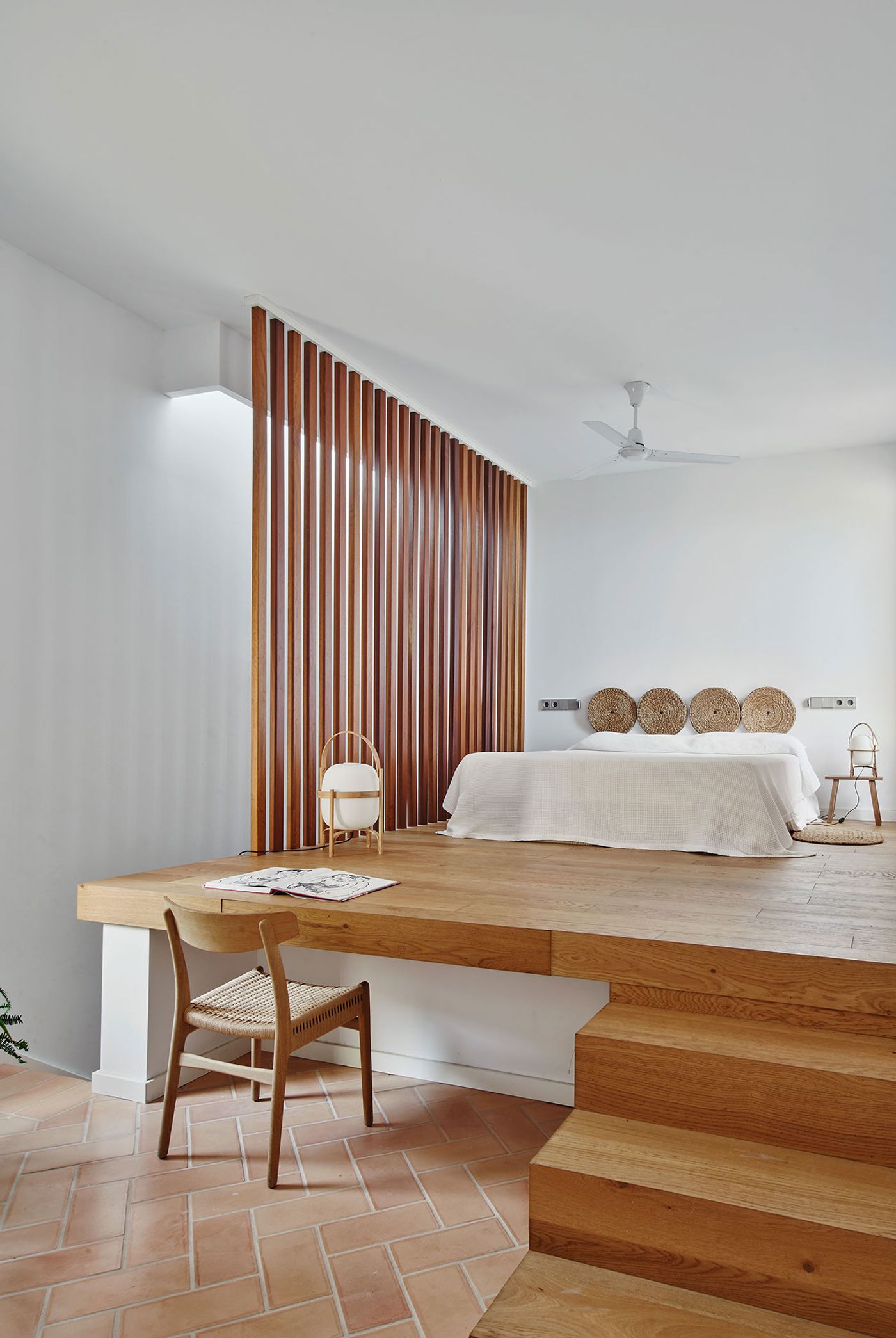
Casa Marés by TwoBo arquitectura. Photo by José Hevia.
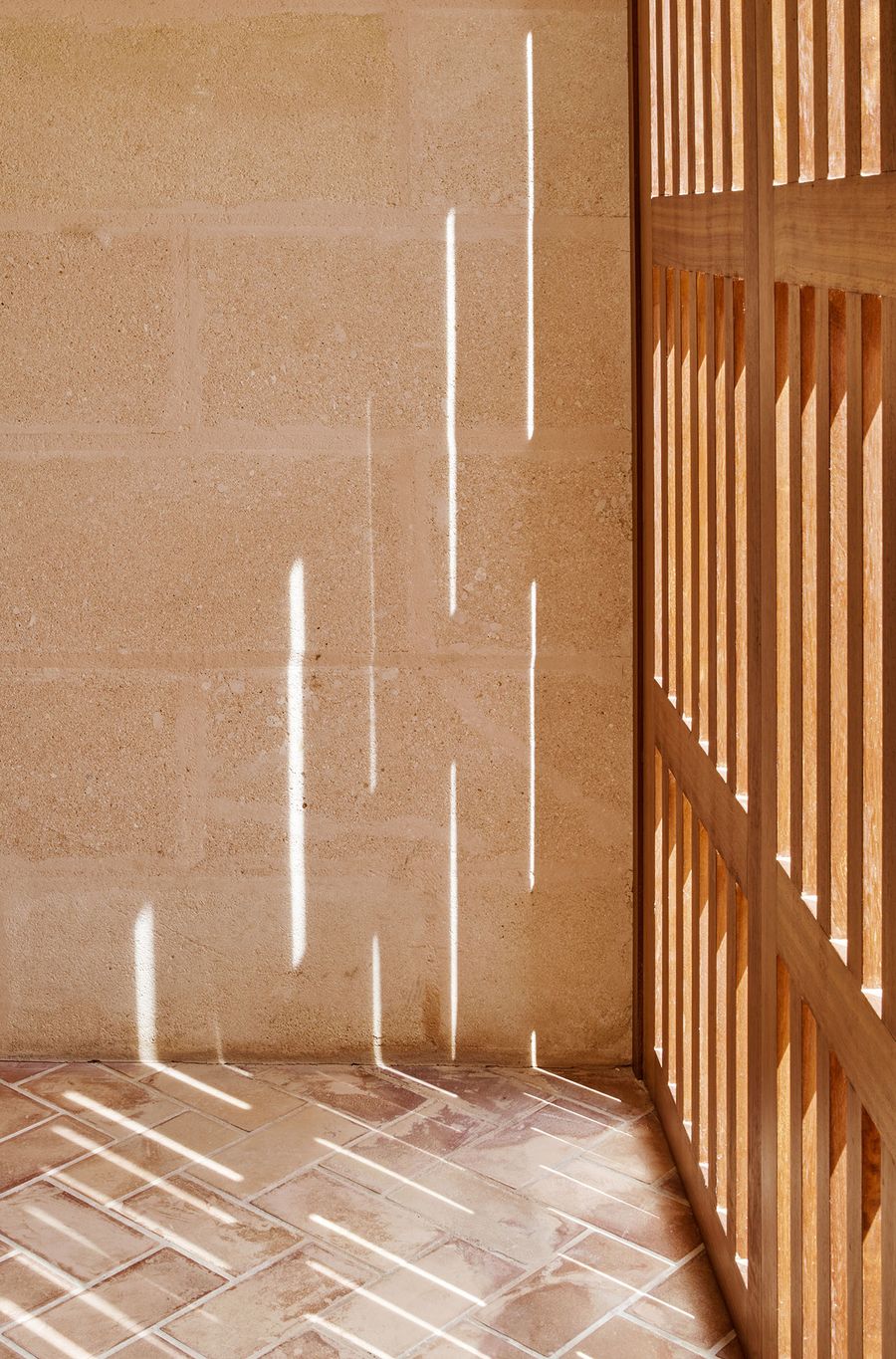
Casa Marés by TwoBo arquitectura. Photo by José Hevia.
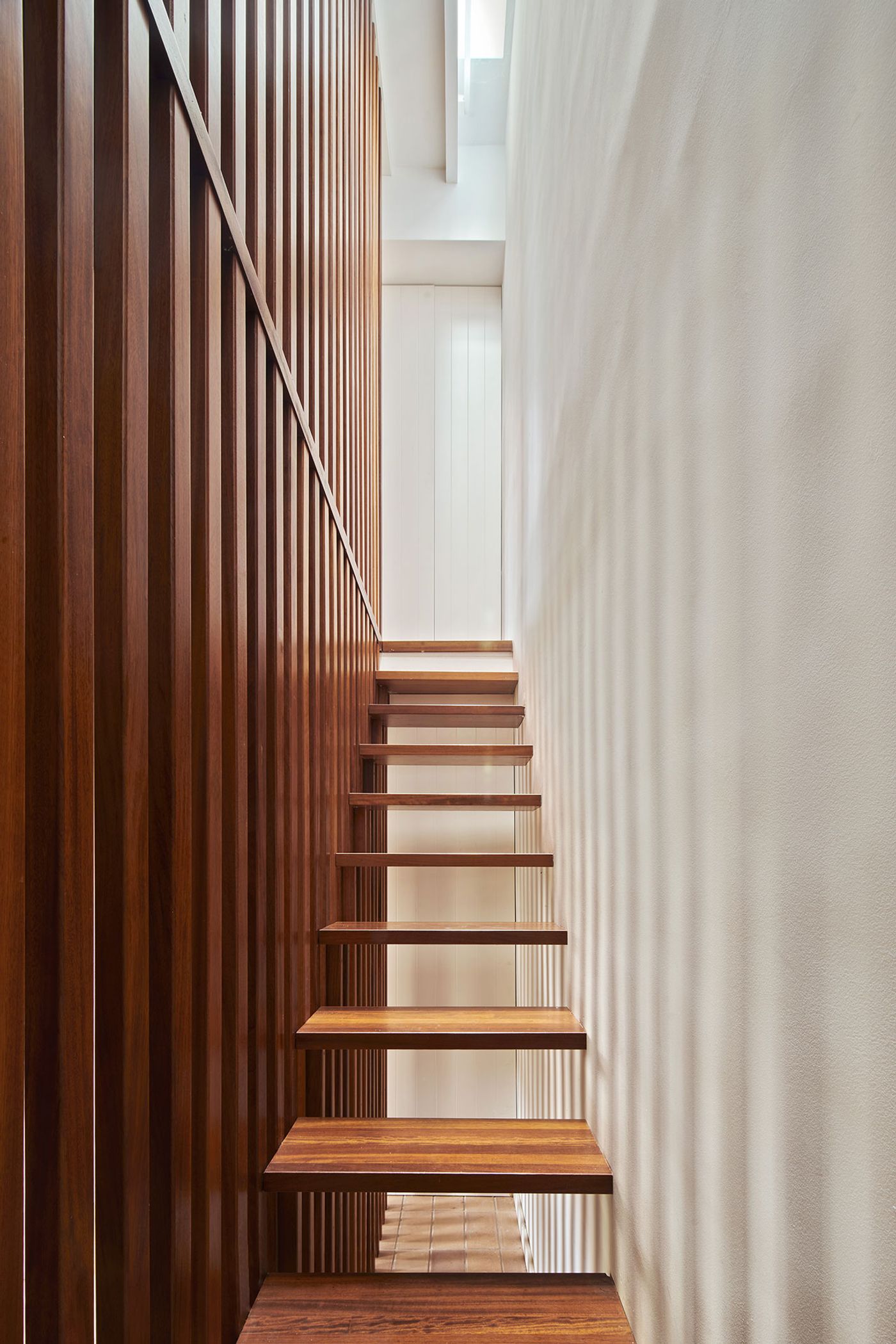
Casa Marés by TwoBo arquitectura. Photo by José Hevia.
